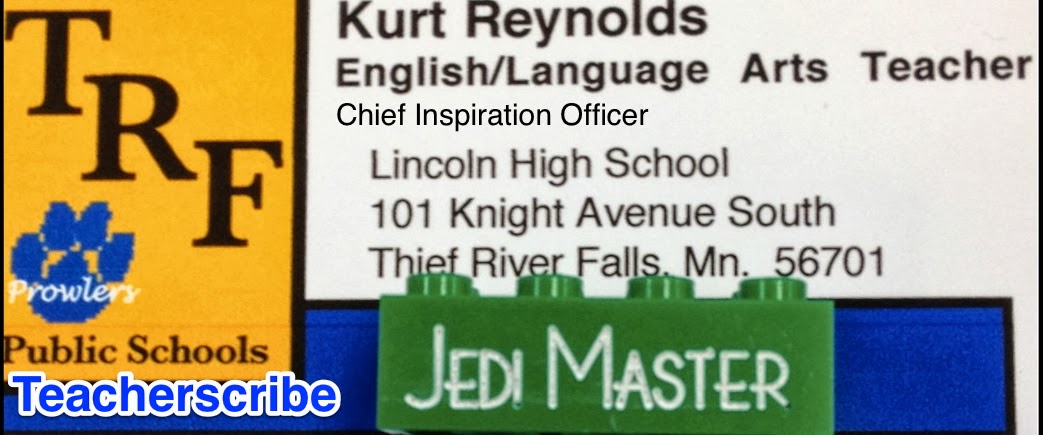Teacherscribe’s Teaching Tip #33
If you’re looking for an engaging listen or for some professional development, the Entreleadership podcast has been my go to for three years now. There is no question I’m a better teacher because of it.
Andrews works with business moguls, NFL and NCAAF coaches, and everyone in between to help them improve their business and coaching strategies.
I believe that teaching is coaching and vice versa, so when I saw this episode on my podcast app, my ears perked up.
And I hit the mother load.
Andrews’ take is not revolutionary by any means. You can boil it down to this – if you want to get results that are different than everyone else, then you have to do what everyone else isn’t doing.
Sounds simple, right?
But here is the catch: the best way to do this is to start with small – seemingly insignificant changes. Think of Malcolm Gladwell’s Tipping Point here.
So what little changes can you enact that – over time and done with enough consistently – that will pay huge dividends down the road.
Here are the little things that I have changed over the past few years that have had the greatest impact on my teaching, the culture of my classroom, and impacted students the most.
Note --- none of these are world changing. If I can’t do them, anyone can.
Small change #2 – get student’s cell phone numbers and let them text you.
I know this sounds crazy, but this small change has totally revolutionized how I teach and the impact I have. No question.
Students today live in an era of “just in time” learning. That is, they can learn anything they want – just in time. They can Google or Youtube it and have instant access to whatever info they want.
When most of us were students, we lived in an ear of “just in case” learning. That is, we learned information just in case we ever needed it. Thanks to Mr. Matzke I learned that Francis Scott Key wrote “The Star Spangled Banner” and that “island hopping” helped us turn the tide in the Pacific during World War II. But that’s about all I can tell you about those two things. I learned them to answer some multiple choice questions on a couple of tests. And there is a lot more I memorized that never stuck with me, though.
So why not give students your number so they can learn when they have questions. I get texts from students at 4:15. Why? Often times it’s because a student is trying to get a paper done or a reading assignment finished before going off to work. How can I get mad at them for that? Sometimes I get texts at 10:00 as students are working on an assignment on the bus ride home from a game. How can I get mad at them for that?
This works so well for me. In fact, for Lent last year I decided to give up using my iPhone in the evenings. When I told this to some students in the lunch room, one of the first things Kora, a former student of mine, said was, “What about your students?”
I love that. That is what makes my classes unique and remarkable.
It can do the same for yours too.
Here are just a couple examples of the power of contacting students –


No comments:
Post a Comment